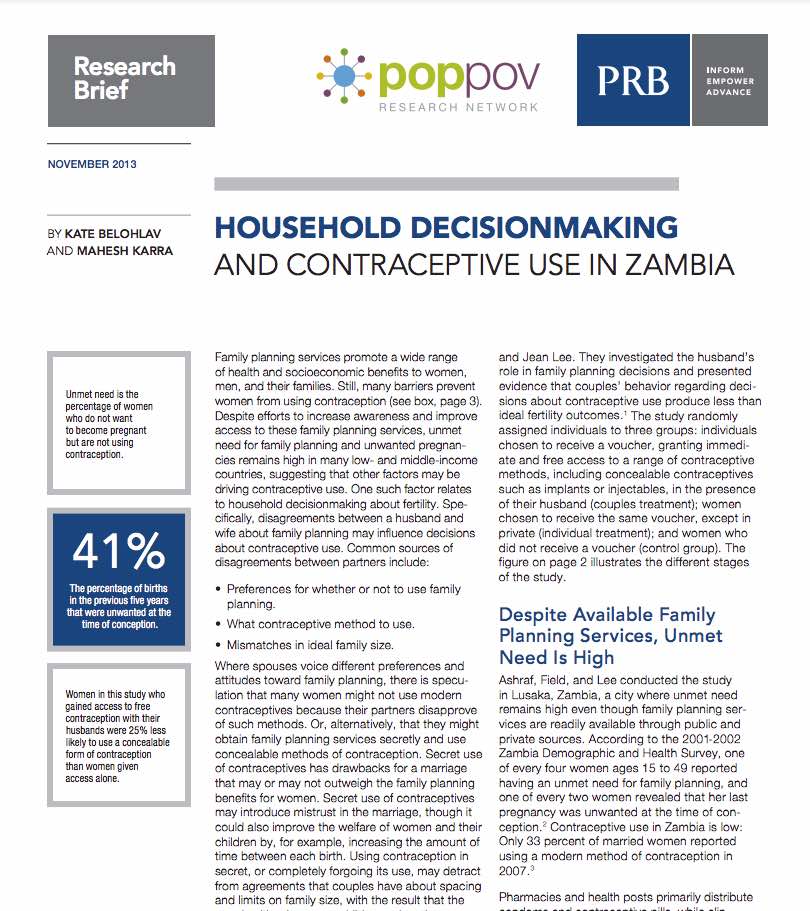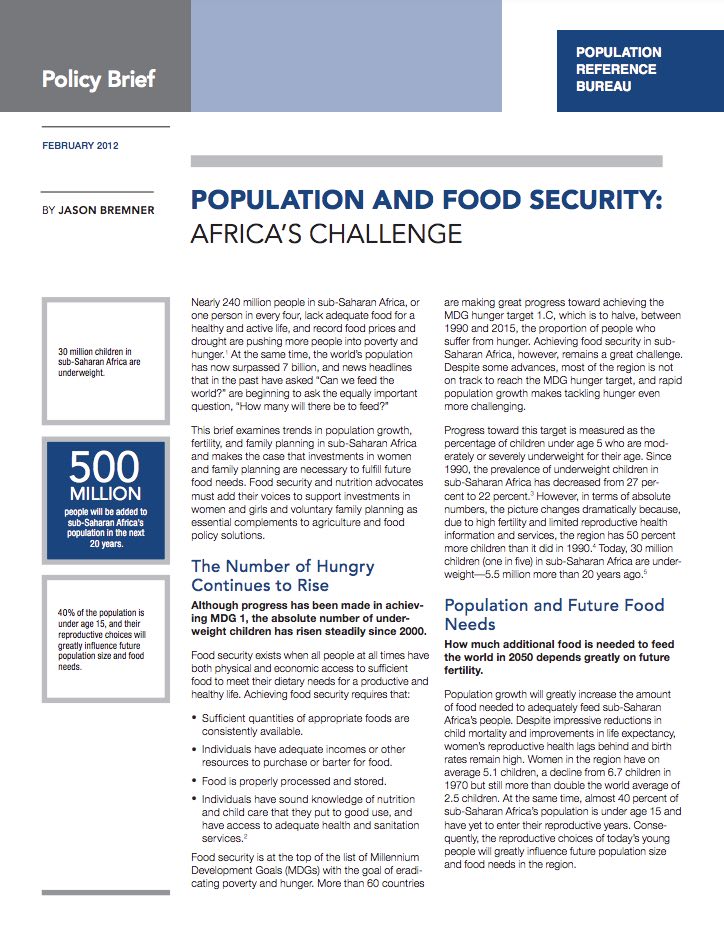211 Search Results Found For : "E %EB%A0%88%EB%B2%84%EB%A6%AC%EC%A7%80%EA%B1%B0%EB%9E%98%7BWWW%2CBYB%2CPW%7D %EB%A0%88%EB%B2%84%EB%A6%AC%EC%A7%80%EB%A7%A4%EB%A7%A4 %EB%A0%88%EB%B2%84%EB%A6%AC%EC%A7%80%ED%88%AC%EC%9E%90%3A%EB%A0%88%EB%B2%84%EB%A6%AC%EC%A7%80%EB%A6%AC%EB%94%A9%E2%91%B8%EC%95%84%ED%8C%8C%ED%8A%B8 wel"
Zimbabwe’s Political and Economic Problems Hinder Effective Response to AIDS
(2004) The HIV/AIDS epidemic is the dominant reproductive health issue in Zimbabwe, a country of more than 12 million people who are facing extreme economic, social, and political turmoil.
PRB Discuss Online: A Call to Action: Increasing Global Investments in Youth
(2010) With almost half of the world's population under age 25, investments in young people are vital to improve economic and social outcomes and achieve the Millennium Development Goals (MDGs).

Household Decision making and Contraceptive Use in Zambia
(2013) Family planning services promote a wide range of health and socioeconomic benefits to women, men, and their families. Still, many barriers prevent women from using contraception.
The ‘Lucky Few’ Reveal the Lifelong Impact of Generation
(2008) Each generation has unique characteristics, and a generation's size and relationship to a previous generation can shape lifelong social and economic opportunities.
Families, Fathers, and Demographic Change
(2006) Two important demographic trends have reshaped the typical person's life dramatically over the past century: Increasing longevity and the shrinking number of children per family.

Population and Food Security: Africa’s Challenge (Part 2)
(2012) Almost two of every three people in sub-Saharan Africa live in a rural area, relying principally on small-scale agriculture for their livelihood. Improving agriculture on small farms is critical to reducing hunger.

U.S. Household Composition Shifts as the Population Grows Older; More Young Adults Live With Parents
Household size and composition play an important role in the economic and social well-being of families and individuals.
Nutrition of Women and Adolescent Girls: Why It Matters
Malnutrition, defined as ill health caused by deficiencies of calories, protein, vitamins, and minerals interacting with infections and other poor health and social conditions, saps the strength and well-being of millions of women and adolescent girls around the world.

